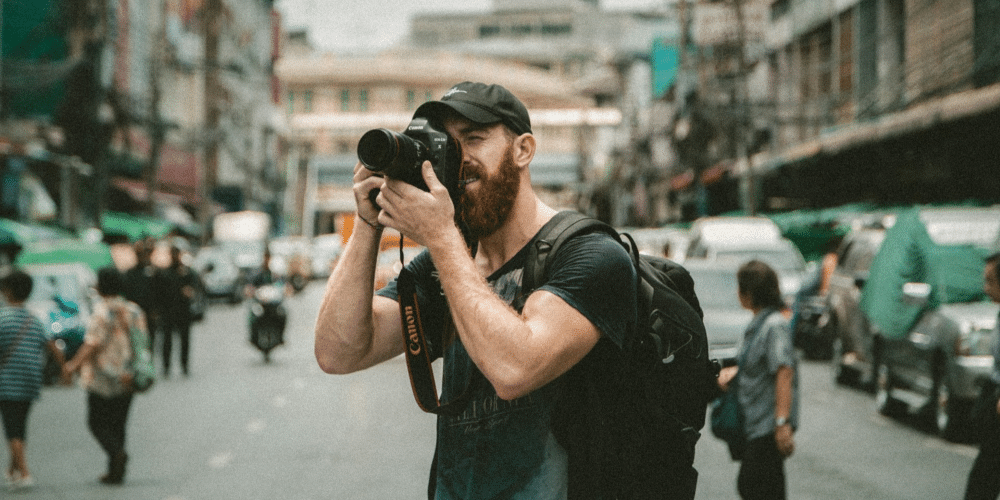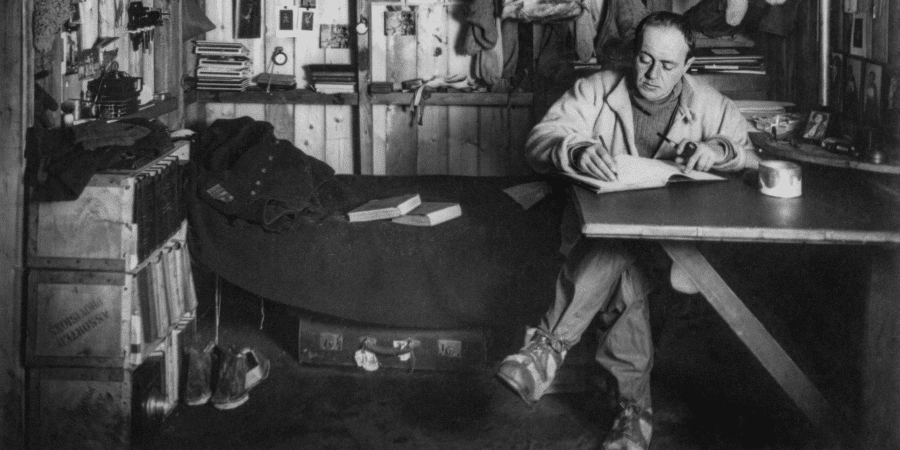Cinematography and videography are two terms often used interchangeably, but they represent distinct disciplines within the realm of visual storytelling. While both involve the capturing of moving images, there are fundamental differences between cinematography and videography in terms of technique, equipment, and artistic intent. In this article, we’ll delve into the nuances of cinematography and videography, examining their unique characteristics and exploring how they contribute to the creation of compelling visual content.
Understanding Cinematography
Cinematography is the art and science of capturing moving images on film or digital media with the goal of creating visually stunning and emotionally engaging storytelling. Cinematographers, also known as directors of photography (DPs), are responsible for overseeing all aspects of the camera work, including framing, composition, lighting, and camera movement. They work closely with directors and other members of the film crew to translate the director’s vision into visual imagery that enhances the narrative and evokes a desired emotional response from the audience.
Cinematography is characterized by its emphasis on visual storytelling techniques such as framing, composition, and lighting, which are used to convey mood, tone, and atmosphere. Cinematographers employ a wide range of camera movements and angles, including pans, tilts, zooms, and dolly shots, to create dynamic and immersive visuals that draw viewers into the world of the film. The use of lighting is also a crucial aspect of cinematography, with cinematographers employing various techniques such as natural light, artificial light, and shadows to enhance the mood and aesthetic of each scene.
Exploring Videography
Videography, on the other hand, refers to the process of capturing moving images using digital video cameras or camcorders for various purposes, including events, documentaries, commercials, and online content. Unlike cinematography, which is primarily associated with the production of narrative films and television shows, videography encompasses a broader range of applications and formats, including corporate videos, wedding videos, vlogs, and social media content.
Videographers are typically responsible for all aspects of the video production process, including planning, filming, editing, and post-production. They may work independently or as part of a production team, depending on the scope and scale of the project. While videography may lack the artistic depth and complexity of cinematography, it requires a solid understanding of camera operation, composition, and editing techniques to produce high-quality video content that effectively communicates the intended message to the audience.
Key Differences Between Cinematography and Videography
The primary differences between cinematography and videography lie in their scope, purpose, and artistic intent. Cinematography is often associated with the production of narrative films and television shows, where the focus is on creating visually stunning and emotionally resonant storytelling through the use of cinematic techniques and aesthetics. Cinematographers work closely with directors and other members of the film crew to bring the director’s vision to life on screen.
In contrast, videography encompasses a broader range of applications and formats, including documentaries, commercials, events, and online content. Videographers may work in a variety of settings and industries, from corporate environments and educational institutions to wedding venues and concert halls. While videography may lack the artistic depth and complexity of cinematography, it plays a crucial role in capturing real-life events and experiences in a visually compelling and engaging manner.
Embracing the Diversity of Visual Storytelling
In conclusion, while cinematography and videography share the common goal of capturing moving images, they represent distinct disciplines within the realm of visual storytelling. Cinematography is characterized by its emphasis on cinematic techniques and aesthetics, with a focus on creating visually stunning and emotionally engaging narrative storytelling. Videography, on the other hand, encompasses a broader range of applications and formats, including documentaries, commercials, events, and online content.
Both cinematography and videography play valuable roles in the world of visual media, each offering unique opportunities for creativity, expression, and communication. Whether it’s the immersive storytelling of a cinematic masterpiece or the real-life documentation of a memorable event, cinematography and videography contribute to the diverse tapestry of visual storytelling, enriching our lives and broadening our understanding of the world around us. As technology continues to evolve and new opportunities emerge, the fields of cinematography and videography will continue to thrive, inspiring audiences and creators alike with their boundless potential for creativity and innovation.














